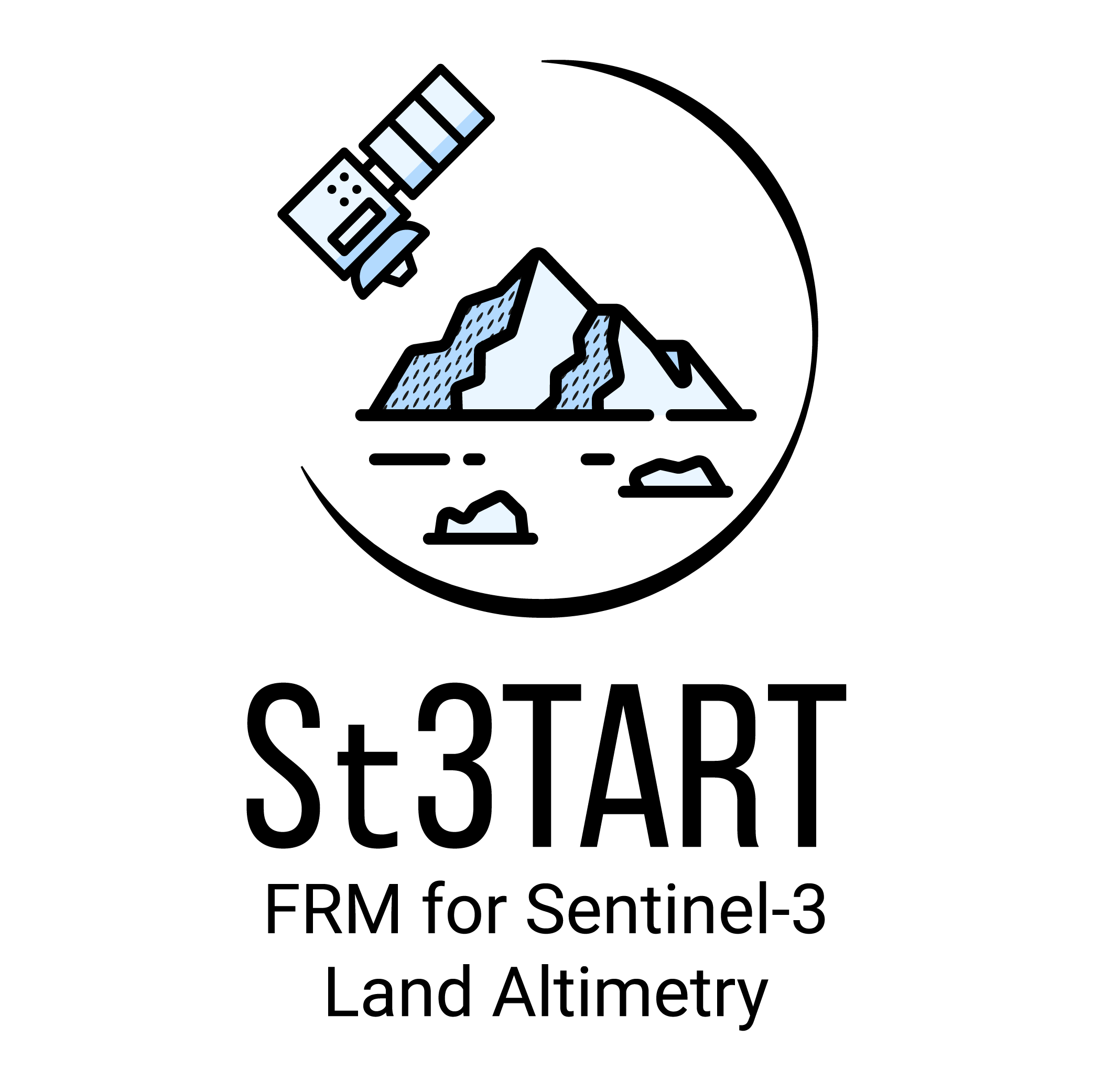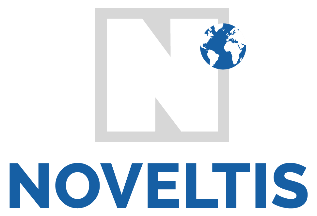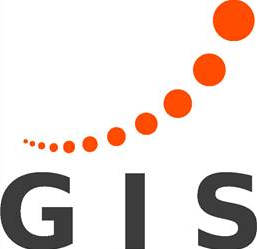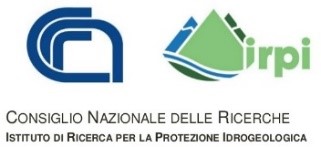
Sentinel-3 FRM for Inland Waters
In the first phase of the St3TART project (2022-2023), the Hydrology team reviewed the existing methodologies and associated ground instrumentation that could be used for validating and monitoring the performance and stability of the Copernicus Sentinel-3 altimeter measurement via Fiducial Reference Measurements (FRM) over inland waters and estuaries. Hydrology FRM validation data, associated processes, procedures and uncertainties, as well as roadmaps have been defined. The same approach and instruments cannot be used over all inland water bodies. Indeed, the validation over a large lake is different from the one over a small river or over an estuarine region.
The focus of this second phase is to deploy sensors at FRM sites, automatically collect opportunity data, and establish the operational phase required to deliver consistent and reliable FRM datasets for the validation of inland water surface measurements from the Sentinel-3 satellite.
The key objectives of the Inland Waters’ activities of St3TART Follow-On project are:
1 – Deployment of Sensors at FRM Sites:
The project will prioritize the installation and calibration of ground-based sensors at identified FRM sites across diverse hydrological environments, including lakes, rivers, and estuaries. These super sites have been carefully selected based on the outputs and recommendations of the first phase, ensuring a representative cross-section of inland water bodies that are relevant for validating satellite altimetry data. In total, 8 super sites localized in Italy, Germany and France will provide FRM, more precisely in the following areas:
25 sensors will be installed, and several drone flights will be performed. Indeed, multiple river topography measurements must be performed to improve the FRMs accuracy. These drone campaigns will be performed at different dates on each level 3 complexity site to measure the river topography. A new version of lightweighted altimeter will be embarked on drones for these measurements.
- Le Canal du Midi in Trèbes (France)
- The Garonne River in Marmande (France)
- French part of the Rhine River
- German basin of the Rhine River
- Seine estuary in Honfleur (France)
- Tiber River near Perugia (Italy)
- Po River (Italy)
- Issykkul Lake in Kirgizstan
25 sensors will be installed, and several drone flights will be performed. Indeed, multiple river topography measurements must be performed to improve the FRMs accuracy. These drone campaigns will be performed at different dates on each level 3 complexity site to measure the river topography. A new version of lightweighted altimeter will be embarked on drones for these measurements.


2 – Collection of Opportunity Data:
In addition to the data collected at designated FRM sites, the project will capitalize on data collection opportunities presented by national networks or specific campaigns. These data collected by third party entities will supplement routine FRM data and provide insights into variations that occur under specific conditions, further enhancing the robustness of the validation process. We collect data from 18 public national networks.

3 – Operational Phase Implementation:
A key outcome of this project is the initiation of a fully operational FRM production chain that delivers continuous, high-quality reference data for the validation of Sentinel-3 altimetry measurements over inland waters. This includes the establishment of standard operating procedures for data acquisition, processing, and quality control, ensuring that all data provided meet the strict accuracy and traceability standards required for FRM.
4 – Collaboration with the Mission Performance Cluster (MPC):
The St3TART Follow-on project works in close collaboration with the Mission Performance Cluster (MPC) to meet their requirements for the validation of Sentinel-3 data over inland waters. The project will provide the most relevant FRM data and associated metadata to support their calibration and validation activities. This collaboration aims to ensure that Sentinel-3’s altimetry measurements over inland water bodies are accurately validated, contributing to the overall performance and reliability of the mission.











